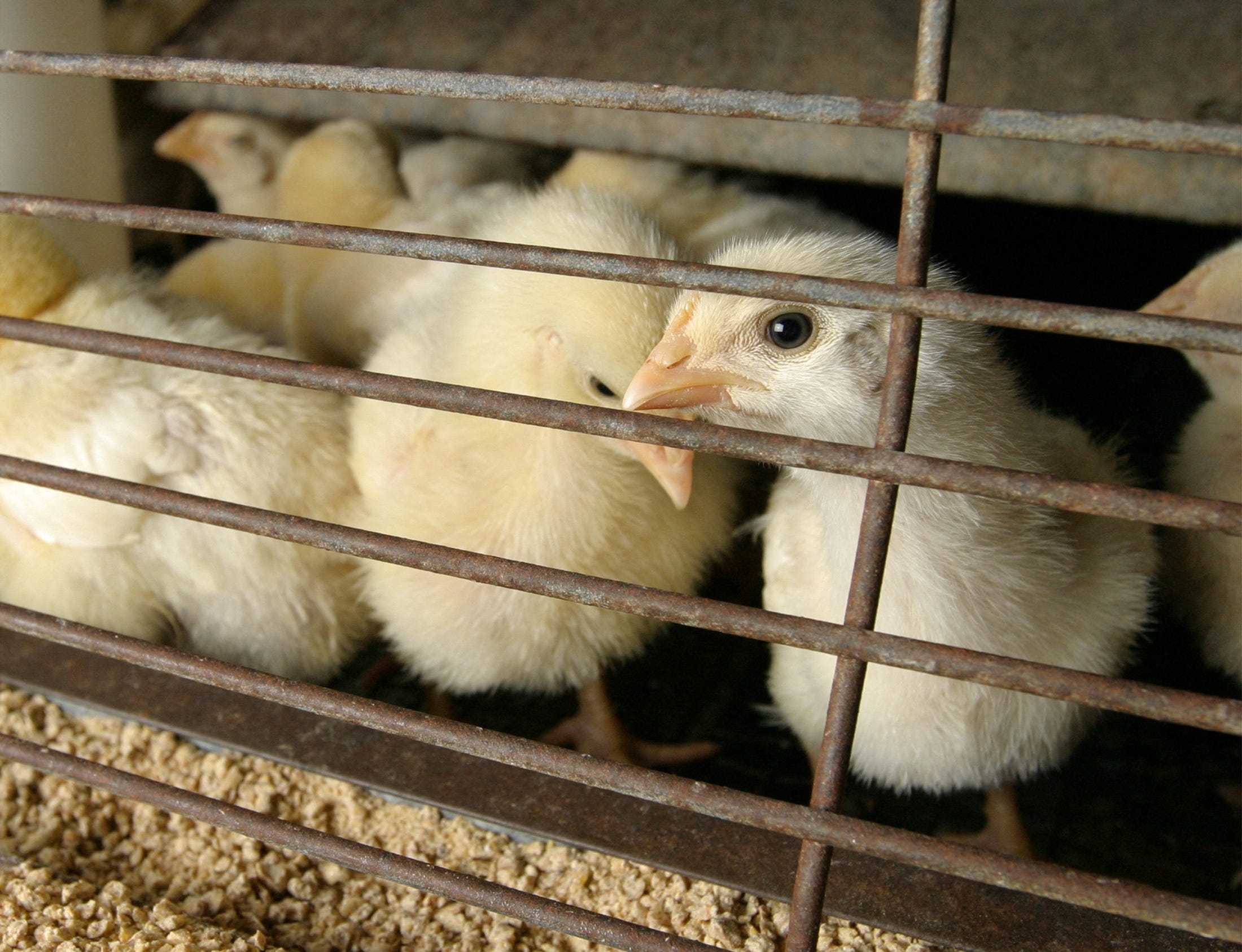
Bird Flu Strikes Ohio: Human Case Reported
Initial Outbreak
On Wednesday, the Ohio Department of Health (ODH) reported the first confirmed case of bird flu in a human within the state. The infected individual, a farm worker from Mercer County in western Ohio, came into direct contact with infected poultry.
Risk Assessment
Despite this incident, ODH emphasizes that the overall risk to Ohio residents remains minimal. However, individuals involved in close proximity to sick or deceased poultry or wild birds should adhere to precautions. Avoidance of direct contact with these animals, and any other potentially infectious sources, is strongly advised.
National Context
As of January 1, 2024, the Centers for Disease Control (CDC) has recorded 68 human bird flu cases across 11 states, resulting in one fatality in Louisiana. The Ohio case is not yet included in the CDC’s data.
Transmission and Symptoms
Bird flu, scientifically known as avian influenza, is a virus capable of transmission from infected animals, such as birds and cows, to humans. Primarily affecting birds, it exists in various subtypes, with H5 subtypes of influenza A being the most prevalent.
Avian influenza manifests in two primary forms:
- Low Pathogenic Avian Influenza (LPAI): Typically causes mild or no symptoms in birds.
- Highly Pathogenic Avian Influenza (HPAI): Highly contagious and often fatal to poultry, with a rapid onset of symptoms.
Poultry and Livestock Impact
Poultry populations have been heavily impacted by avian influenza, with approximately 157.8 million affected across all 50 states since 2022. Additionally, since March 2024, the virus has affected 968 dairy cow herds in 16 states.
Risk Factors
Individuals at greatest risk of bird flu infection are those in frequent contact with poultry, waterfowl, or dairy cows. Despite the rarity of human-to-human transmission, the potential for infection exists.
Transmission Routes
Infection can occur through:
- Contact with contaminated surfaces and subsequent contact with the eyes, nose, or mouth.
- Handling live or deceased infected animals.
- Consumption or inhalation of contaminated substances, such as unpasteurized milk.
Symptoms
Symptoms of avian influenza in humans vary in severity, ranging from asymptomatic or mild illness to severe complications and even death. Potential symptoms include:
- Fever or chills
- Cough
- Sore throat
- Muscle or body aches
- Headache
- Fatigue
- Congestion or runny nose
- Diarrhea
- Vomiting
- Abdominal pain
Prevention
To minimize the risk of bird flu infection, the CDC advises:
- Avoiding contact with sick or dead poultry or wild birds.
- Reporting any unusual bird deaths to local authorities.
- Practicing thorough hand hygiene after interacting with poultry or wild birds.
- Consuming poultry and eggs that have been properly cooked.
- Avoiding raw or unpasteurized milk and dairy products.
Conclusion
While the Ohio case highlights the presence of bird flu in the state, the risk to the general public remains low. By adhering to recommended precautions, individuals can effectively minimize their risk of infection.
